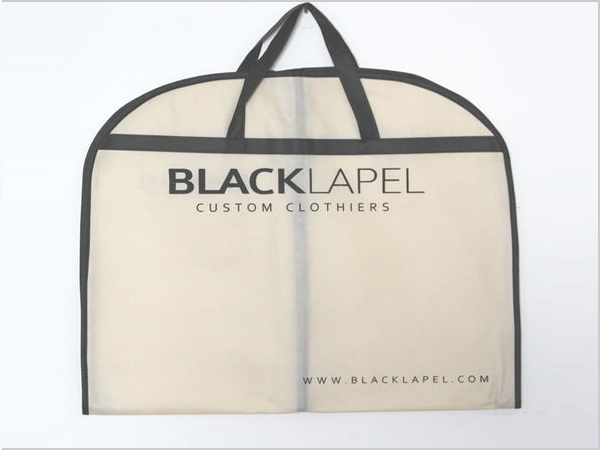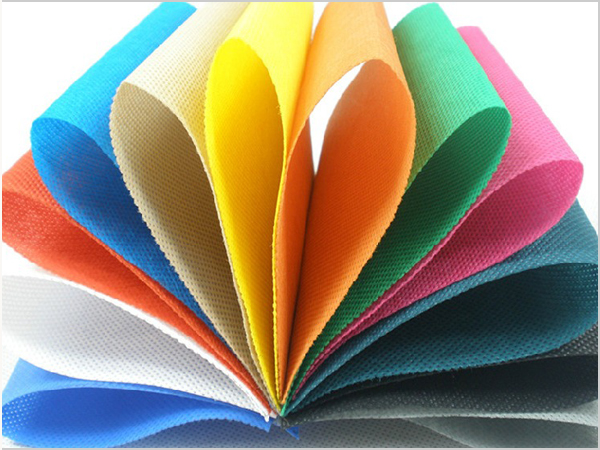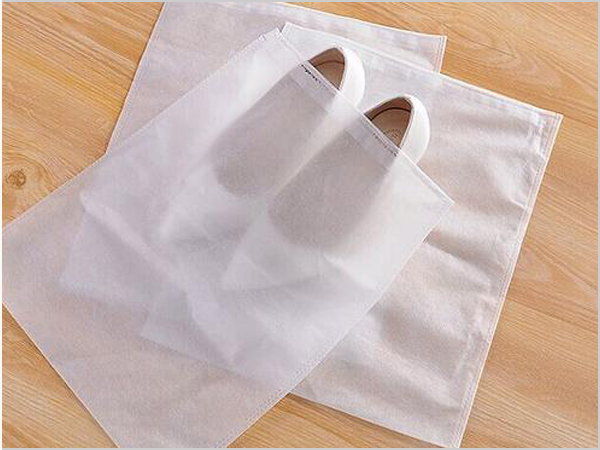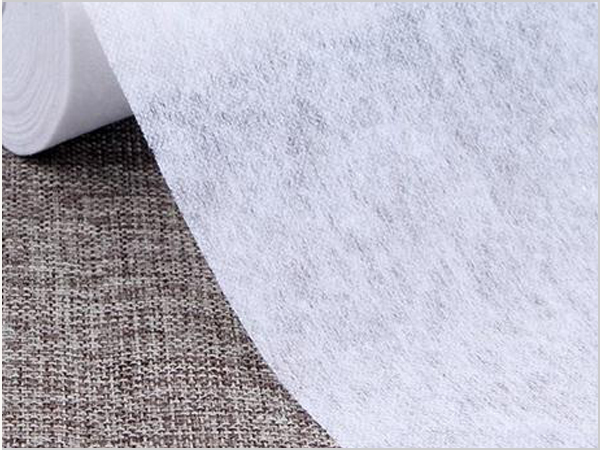- Why can spunbond nonwoven fabric dominate the market?
- Foreign trade exports are moving forward under pressure, with both resilience and challenges coexisting
- Explore the environmental protection characteristics and application fields of PP non-woven fabric
- The rise of the Latin American market is expected to become a new growth pole for China's textile foreign trade
- The production process of spunbond nonwoven fabric determines its unique characteristics!

- Telephone: 0551- 66779966
- Cellphone: 18955130444
- Email: 58792982@qq.com
- Address: Building 1-2, East of Wubu Village Section, Hehuai Road, Wushan Town, Changfeng County, Hefei City, Anhui Province
With the continuous development of the market, various production processes in the non-woven fabric industry have also been continuously improved. At present, the production process of my country's non-woven fabric industry mainly includes spunbonding, needle punching, spunlace, chemical bonding, thermal bonding, airlaid, meltblown, wet method, etc. In 2019, the non-woven fabric market is dominated by spunbonded non-woven fabrics, with an output of 49.8%; followed by acupuncture process non-woven fabrics accounting for 23.03%; and it is worth noting that the core components of masks are melted. The output of spray cloth accounts for only 1.07%.
Spunbond non-woven fabrics (spunbond non-woven fabrics) are made of synthetic polymers (polyester and polypropylene), using the principle of chemical fiber spinning to form continuous filaments in the polymer spinning process, which are stretched into The fiber web is made by directly bonding. Spunbond non-woven fabric has excellent properties of high temperature resistance, aging resistance, UV resistance, high elongation, good stability and air permeability, corrosion resistance, sound insulation, mothproofing, and non-toxicity.
According to data from the Spunbond Nonwovens Branch, the output of spunbonded nonwovens in my country from 2014 to 2019 has shown an increasing trend year by year. In 2019, my country's spunbond non-woven fabric output reached 3.0941 million tons, an increase of 4.14% year-on-year. It is predicted that the output of spunbonded non-woven fabrics in my country in 2020 will reach about 3,291,700 tons.
my country's meltblown non-woven fabric output will reach 70,700 tons in 2020
Meltblown non-woven fabrics (meltblown webs) first melt the polymer into a melt, send it into the extrusion cavity, and extrude it from a row of flat spinnerets. The high-speed hot air stream is introduced by the pipe and ejected from the flat slits on the upper and lower sides of the spinneret at high speed, and then the unformed melt stream is dispersed and broken to form extremely fine irregular ultra-fine short fibers. Then it is condensed on a porous drum or screen to form a fiber web, and finally a non-woven fabric can be formed through self-bonding or thermal bonding.
According to data from the Spunbond Nonwovens Branch, the output of meltblown nonwovens in my country from 2014 to 2019 showed a fluctuating trend. Among them, in 2019, my country's meltblown non-woven fabric output was 66,500 tons. It is predicted that my country's meltblown non-woven fabric output will reach 70,700 tons in 2020.
- Why can spunbond nonwoven fabric dominate the market?
- Foreign trade exports are moving forward under pressure, with both resilience and challeng
- Explore the environmental protection characteristics and application fields of PP non-wove
- The rise of the Latin American market is expected to become a new growth pole for China's
- The production process of spunbond nonwoven fabric determines its unique characteristics!
- The global trade landscape is undergoing significant changes in 2025
- The 11th China International Silk Conference was held in Shengze
- What are the core advantages of spunbond nonwoven fabric?
- What are the magical aspects of the manufacturing process of spunbond nonwoven fabric?
- The textile industry is enjoying dual policy benefits



